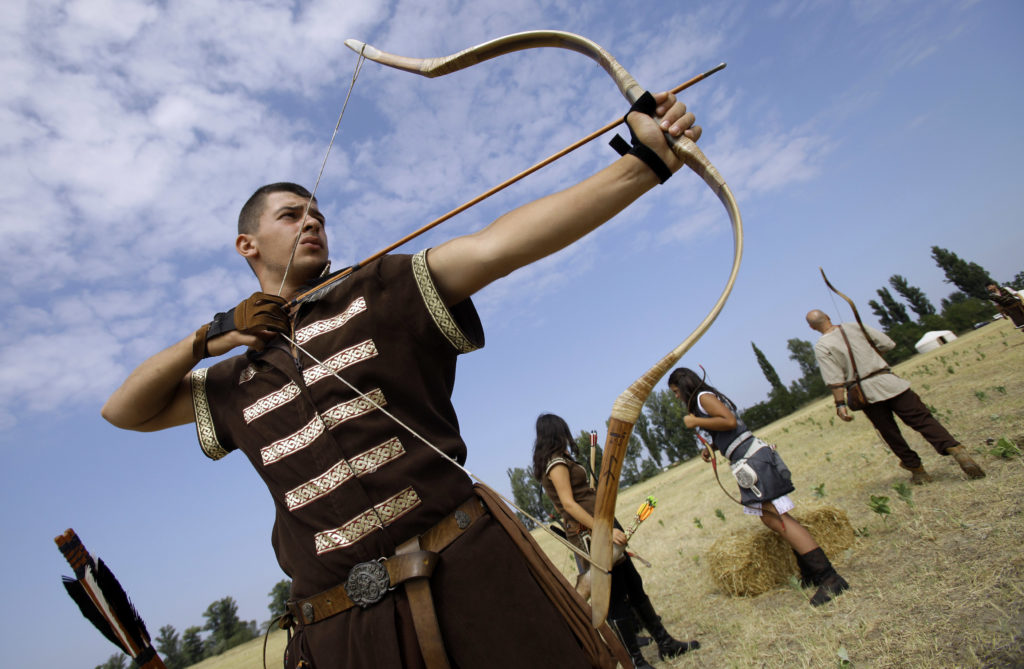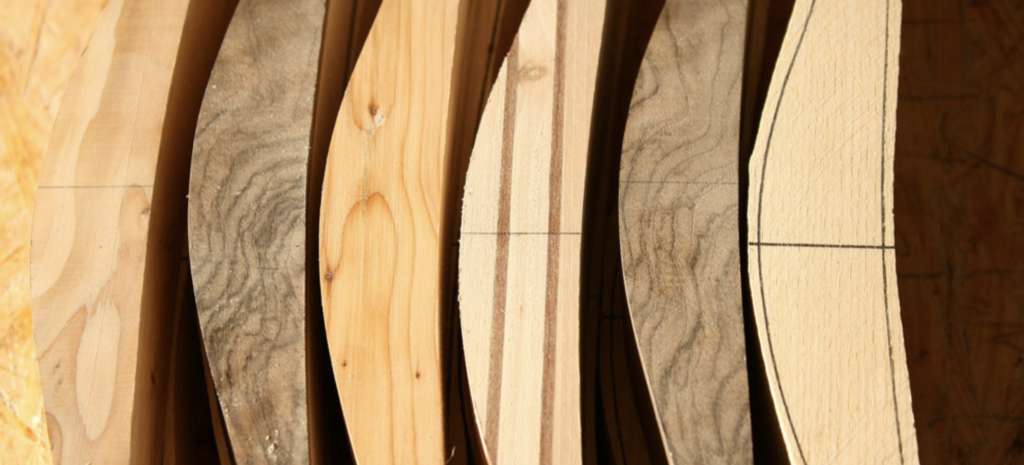Kristina Dolgilevica explains the process and philosophy behind buying a new traditional bow
Looks are important
Firstly, if you really like the look of the bow – go for it! This may not sound like the most professional piece of advice but, strangely, it works. Ask any traditional archer what their initial attraction to their bow was, and they will undoubtedly talk of the beauty of the curves, the simplicity of design, the natural and historical aspects of their archery equipment and practice.
As humans, we find traditional archery to be an organic activity, and liking the way our tools feel and look is an important part of that. Comments such as: “Traditional bows are difficult to manage”, “Thumb draw technique is painful”, and, my favourite, “You will never be as consistent on the target”, are merely statements of discouragement made by those who have never taken the time to really practise their craft, whose motivation is the outcome and not the process itself.
Traditional archery is a lifelong pursuit, with ups and downs, much like any other activity. It is best to go into this new adventure with a strong and positive outlook and, perhaps, without any expectations, especially if you are a highly accomplished recurve or a compound archer.
I hope I can help you narrow down your search, and make your shopping experience quicker and more informed, regardless of whether you intend to shoot recreationally or competitively, occasionally or full-time. (Please bear in mind that, just like yours, my experiences and suggestions are unique and subjective!)
Spoiled for choice: the what and the why
You will be pleasantly surprised that most traditional bows are affordable, and most decent-quality, beginner mid-range bows rarely exceed the £200 mark and look beautiful in their infinite variety. (The English longbow is an exception, and the starting price doubles due to material and labour costs.)
I do not know of any traditional practitioner who only has one bow, so it is, therefore, useful to start by thinking that you will be purchasing the first of several traditional bows – I like to call it your ‘practice bow’.
You may decide to spend less or more money, but that depends entirely on your budget. Bear in mind that a ‘cheap’ bow in this instance does not equate to bad performance. I would recommend setting aside £70-£100 for a dozen good-quality, pre-made arrows.
Now that we have established the philosophical approach, let’s turn to the substance. What bow shape do you find intriguing? Broadly, there are two main bow profile designs: straight, long-limb profile (for example, the longbow); or short recurve (the so-called horse bow, for example).
The first is typically a long, one-piece bow shot off the hand. A more modern counterpart is known as the flatbow or an American longbow. A riser window is cut into the body of this bow, providing a more reliable arrow-resting position.
As a result, archers see better consistency in arrow grouping, and this bow is often a popular choice for those switching from modern recurve because it seems more familiar. The flatbow is shot off the shelf, and uses modern fibreglass laminates, making it not only more accurate, but also more durable. American longbows are not really longbows but are more of a compromise between the modern and the true historic longbow.
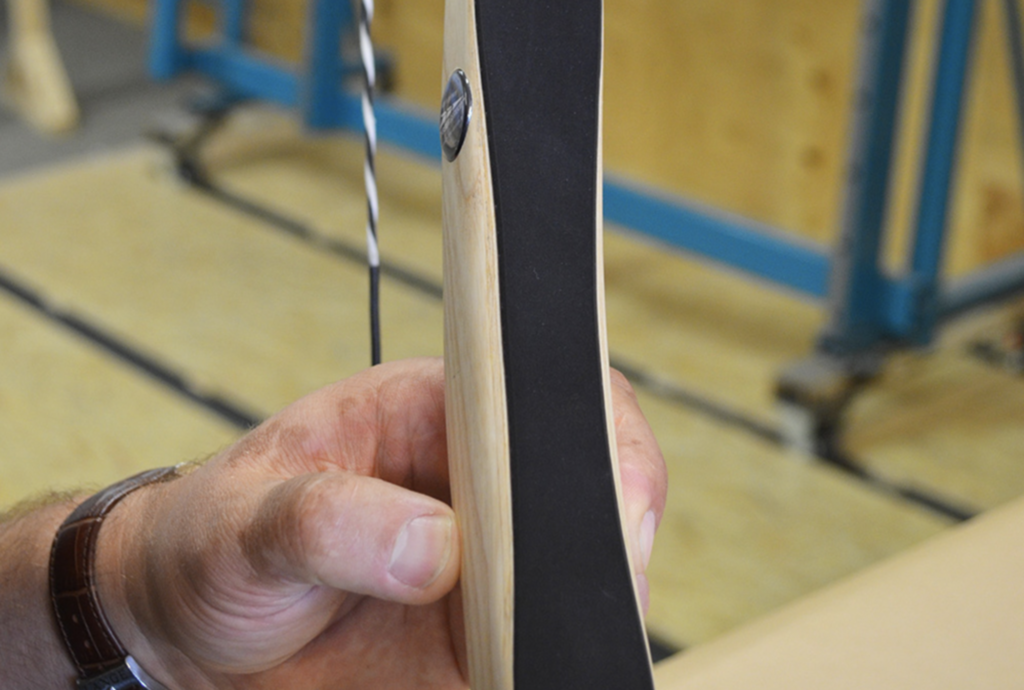
If you are already interested in re-enactment or warbows (heavy draw bows starting at 70lb and into the hundreds), then the English longbow is your top choice for technical requirements. All other bows under the ‘traditional’ category in archery shop browsers are mostly takedowns or hybrid bows.
If you prefer their aesthetic, you must check the shooting rules carefully to place them into a particular classification (judges’ verification is mandatory, prior to competition). You can use carbon arrows with these bows.
The second group, the ‘horse bow’, is the bow shape that was originally utilised on horseback. These bows are shorter, are very flexible, powerful and fast, and are shot with a thumb ring, commonly known as the ‘overdraw’ technique. For this article, I will limit myself to the most purchased types: the Ottoman (Turkish) and the Korean.
The principal difference lies in the shooting experience, the Ottoman having a flatter and wider limb. This bow’s design allows it to go very deep into the bend, propelling the arrow at a high speed across long distances, and it is, therefore, a top choice for clout shoots.
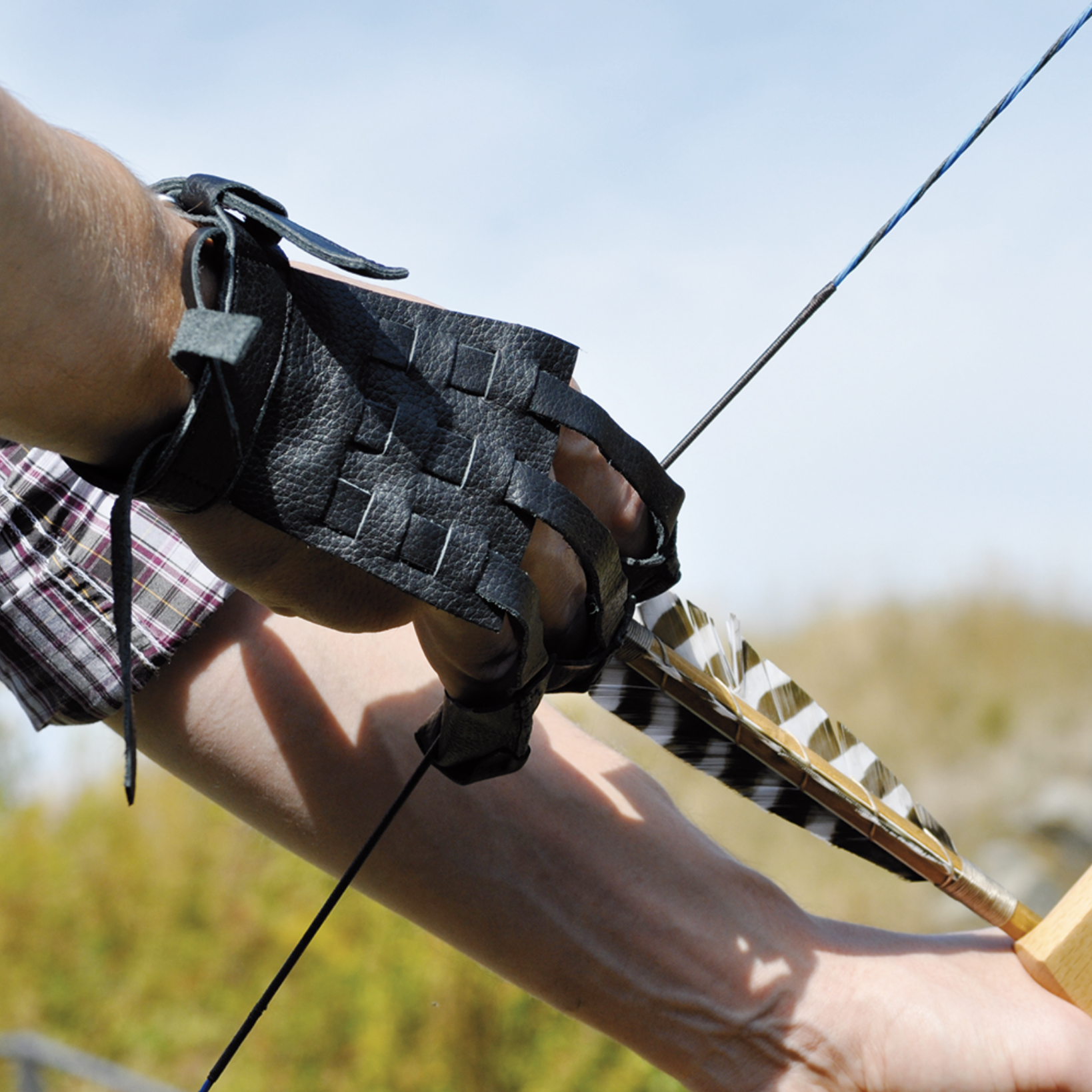
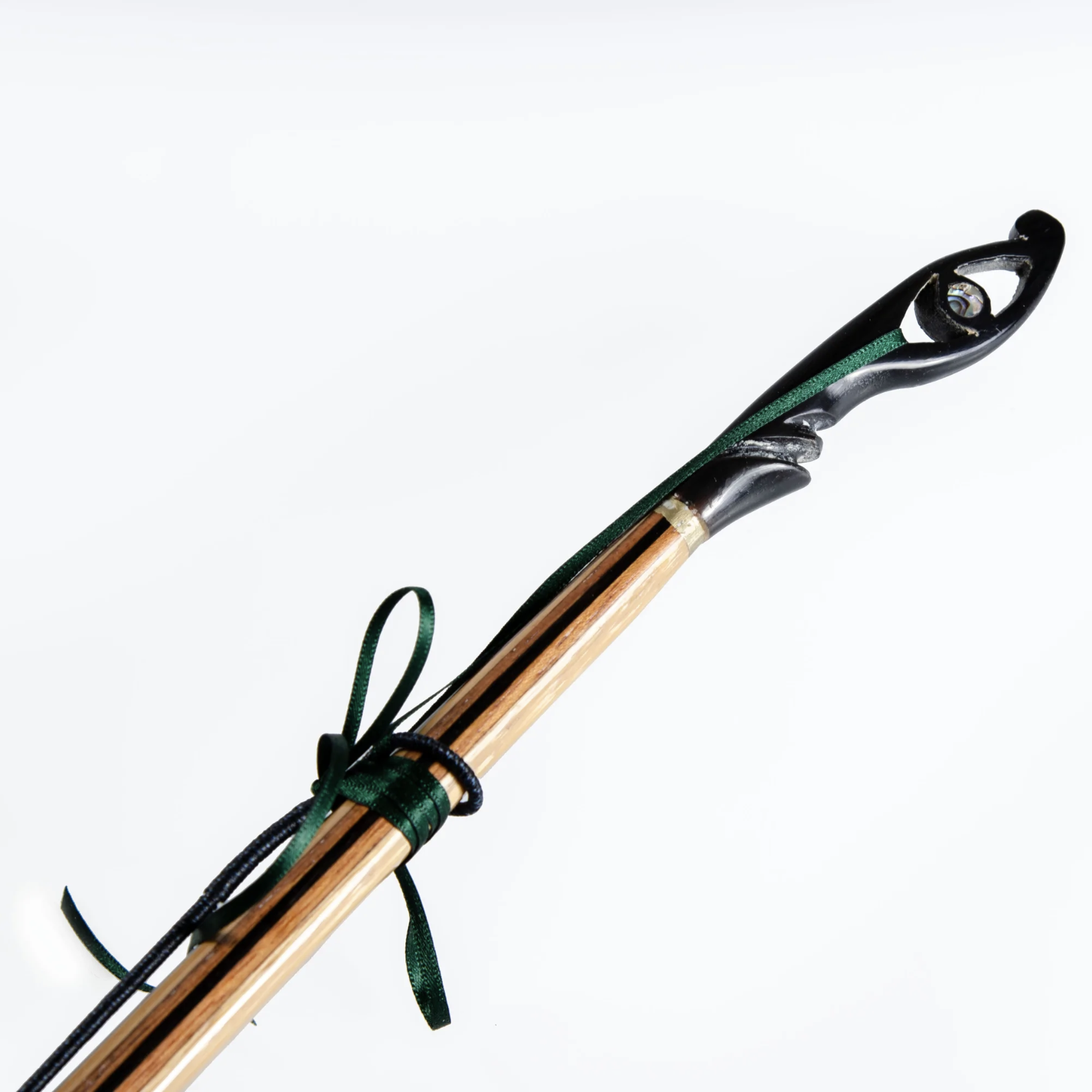
The Korean is similar to the Ottoman and is, likewise, excellent for long-distance shooting. Korean archery is a martial art and is more about the ritual – this discipline comes with its own way of shooting. If you are into ritual, then you may also consider kyudo, the Japanese art of archery. Other longer ‘brothers’ are the Hungarian, the Manchu and the Mongolian.
Each of these will come with its unique shape, combination of materials and shooting styles. I like to use the analogy of a musical instrument, where every piece, regardless of the maker’s skill, will result in a different sound, largely down to the materials used. There is no one single piece of wood that is the same, and every bow is, therefore, unique and will feel different when you shoot it.
Where there is meaning, there is incentive
A friend of mine took up Mongolian archery because of his distant relatives, which further inspired him to travel and discover a whole new and vibrant culture for himself. I think it is a great motivator and you too may find inspiration in your ancestry. Hopefully, you are beginning to see that there are many bows and that they each have their individual purpose, so now is the time to establish their use.
Here you might want to answer questions like why, where and how often you plan to use the bow. You may consider whether you find it appealing to shoot in the woods or would rather follow the target archery route. You may want to do both but, if you think carefully, one will probably prevail. In the purest sense, ‘traditional’ refers to archers who use only traditional materials (wood, feathers, leather), and shoot in the woods, at unmarked distances.
Not everyone wants to compete but if competition is what you already have in mind, then it is important to check the equipment specifications for traditional divisions in your country of residence, which will narrow down and focus your search. Check World Archery Book 4 (Field and 3D Archery), Chapter 22.4 Traditional Divisions for general information and equipment specifications; the National Field Archery Society for unmarked Field and 3D (nfas.net).
Traditional bow experience
If there was just one piece of advice I could give, it would be to choose the bow you can handle. Poundage experience with traditional bows is different, poundage increments are typically measured at 5lb, with most bows starting at 30lb (30lb, 35lb, 40lb and so on).
It is sad to watch a messy overbowed archer who cannot enjoy their archery for more than a couple of ends. It is also, therefore, particularly important to consider your technical proficiency and optimal poundage handling, particularly if you are ordering a more expensive custom bow.
Get a coach to look at your form and advise on manageable poundage. Estimate the frequency of use realistically. Regardless of the bow’s parameters (length, shape, power), the piece itself will feel almost weightless in the hand, resulting in a different experience of the draw weight – 40lb will feel different with a longbow, a Korean, a Manchu, a recurve, or a compound. You will need to get used to it.
If you plan on using that bow once or twice a week, settle for a lighter option. If more frequently, go for a heavier option, around 5lb above your ultimate optimal poundage. Some would recommend going higher, but I think it would jeopardise your technique, introducing earlier onset of fatigue, shortening your training session, and leaving you frustrated with that less forgiving traditional bow.
After all, there is no point buying a dress two sizes smaller in the hope of shedding the pounds for summer – we all know these dresses end up in the cupboard for most of us. You want to use this bow now, so you are buying it to be used. I would highly recommend getting a lighter manageable bow at the start (30lb for ladies; 35lb for gentlemen) and treating it as your first ‘training’ bow.
When selecting modern equipment, such as a barebow set-up, I am looking to create a unit ‘perfect’ to my individual performance needs. I take on a tactical approach, mixing and matching my components to ensure the most balanced rig. I know my technique and form very well, and can say exactly what I need to change, add, tweak or switch to get the bow balance right – like Dr Frankenstein, I am creating my monster.
With traditional bows, I take on a different approach and adapt to the bow. If you have ever engaged in kettlebell training, you will understand what I mean – the key in a kettlebell swing or a snatch is to achieve a state where you do not feel the k-bell in your hands as the body will adapt to the weight during movement. It’s a similar principle with the traditional bow – your body will adapt to it. However, if the bow is too powerful, it will only create frustration and kill the joy.
It is important to note that any bow experienced by any one archer will form a unique but subjective view of it, so recommending any one particular bow would be unfair and misguided. Best to let the bow choose you. Visit your nearest shop to try a few different bows. It is always best to contact the shop in advance and maybe select specific bows you wish to try.
Remember that you will likely be denied the opportunity to try those bows for multiple ends, as most traditional bows (especially longbows) will be considered second-hand if shot for too many ends. So, in this event, you may not be able to form a good impression or capture the ‘feeling’ of the bow; therefore, pay particular attention to how your hand sits in the grip, how smooth is the draw, how you like the arrow being loosed, how the bow sits in your hand – a good starting point. If you do not like the bow you have subsequently purchased, you can always sell it on in the flourishing second-hand market.
To summarise, if you prioritise technique and go for a piece you can handle for a lengthy training session, one that like the look and ‘feel’ of, there will be no need to sell. You will enjoy your practice, the process of building of your skills and feel a great sense of accomplishment in your journey to mastery.
Kristina’s recommendations
- Bickerstaffe bows are available in stock and to order (allow 40 days wait time) bickerstaffebows.co.uk
- Gary Evans is a sought-after artisan, creating the fastest and most beautiful longbows. Contact walesarchery.com or perrisarchery.co.uk for in-stock availability; custom orders two to three weeks
- Czaba Grozer is one of the top traditional recurve bow makers, based in Hungary, and is a great reference catalogue for historical bow shapes grozerarchery.com
- Check out top equestrian bow maker Kassai, based in Hungary lovasijaszat.hu/
- For more flatbows, recurves, horse bows and accessories thelongbowshop.com
- For Korean Freddie Archery bows, visit merlinarchery.co.uk
- Full product catalogue available at koreanbow.com/Freddie-Archery-Catalogue.pdf
- For Mongolian, Hungarian, Scythian bows (based in Germany) see archery-beier.com
- For the Fred Bear product catalogue (based in the USA) see beararchery.com/collections
- For a limited model distributor in the UK, contact thearcheryshop.co.uk (special orders have an eight to 16-week wait time)
- For more information on wood types used in longbow making, see bowinternational.com/features/traditional/native-bow-woods


